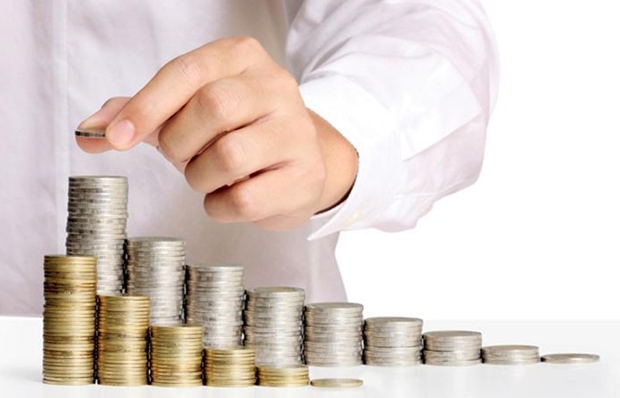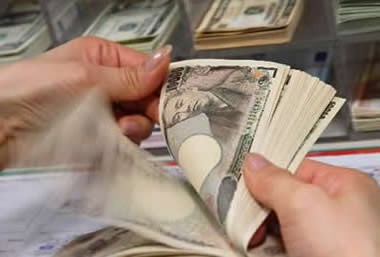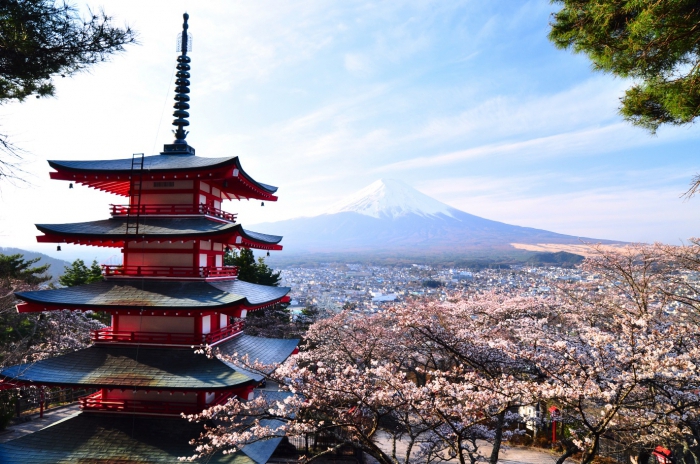The Japanese bill is not inferior in popularity to the US dollar and the euro and takes third place in the foreign exchange market. In addition, it is the reserve currency after the dollar, euro and sterling. Like any other country, Japan developed rapidly, and the monetary system expanded.
Due to inflation, large nominal values appeared, the highest in the country - 10,000 yen. The Japanese should be grateful to the government of Meji for the introduction of the yen in 1872, similar to the European banknote. Until that time, there was a rather complicated monetary structure, which included copper, silver, gold and paper signs. And now the money of Japan is often used in circulation. In the world market, the currency is quite safe and respected.
Honesty and Decency
Do not worry if you have lost money on the street or in any building in Japan. The simplicity and honesty of this people does not allow them to pick up and appropriate the found bill. In any case, they will return the money to the nearest police station, but for this you will have to pay a small fee of about 20% of the amount.
But if a person does not contact the police for the missing money, after six months the found money will be transferred to the one who discovered the wallet. Of course, it is better not to be absent-minded and not to lose wallets and valuables, so that later you do not waste time searching, but enjoy the wonderful nature of Japan. But you can be sure that the Japanese are not a greedy people, but, on the contrary, sincere and very generous. After all, Japan’s money is earned by honest and painstaking work, so the Japanese value their own and other people's labor.

Japanese images
Everyone knows what money is in Japan. They are divided into denominations of 1,000, 2,000, 5,000 and 10,000 yen and coins of 1, 5, 10, 50, 100 and 500 yen. All banknotes have an interesting pattern. Banknotes usually depict thinkers, politicians, creative and famous people. The writers Natsume Soseki, Nitobe Inazo, Fukuzawa Yukichi are the most famous and revered people in Japan. On the coins you will see images of the flowers of paulownia, sakura, chrysanthemum, the Phoenix hall, rice spike and the symbol of the seedling. Now you know what money looks like and what it's called in Japan.
Currency exchange
Note to tourists: it is better to immediately exchange money for yen at the airport, there are many branches of banks. Moreover, banks work there around the clock, with the exception of holidays and Sunday. After arriving in Japan, you will immediately want to shop at local shops, and you must have cash in yen with you, since they do not accept cards.
You may be offered to exchange banknotes at the hotel, but the rate there is clearly overpriced, and they will not change more than 300 dollars. Now the money of Japan is under strict supervision and protection from scammers. Cases of a huge number of fakes became known. But fortunately it is quite easy to distinguish a fake, because it is made with low-quality paint and on bad paper. Take note that on the back of real money you will see Mount Fuji, phoenix and cranes. Interestingly, a large denomination of 2,000 yen appeared recently in money circulation. Its feature is excellent protection against fakes: an invisible sign changes the color of the numbers from tilting.

Modern money
The government uses 4 indicators, and modern money in Japan is determined by the degree of liquidity. The first is cash and deposit. In the hands of the population is the M1 index and deposit in institutions. The second indicator consists of M1 and quasi-money (deferred deposits of non-residents, foreign currency, certificates). After the time, you can use time deposits.
The third includes M2 and deposits of postal, financial institutions. In the fourth, liquidity is determined: trust funds, commercial and loan securities, agreements, bonds are added to M3. Issuers issue all this money and financial instruments. Today it is the Bank of Japan, foreign banks, specialized commercial banks.
What does Japanese money look like? The photos below and above clearly demonstrate this.
Travels in Japan

The Japanese are used to taking large amounts of money with them and boldly walk the streets. The crime rate is very low, due to the high standard of living in the country. Therefore, do not be afraid to take any amount that the budget allows you to go shopping. When traveling long distances, use the railway pass, because the transport will significantly affect your finances.
When choosing a restaurant or other establishment, look at the level of prestige. The higher the level, the higher prices will be, but then you will meet the wealthiest Japanese and visit a posh place. When paying, do not throw tips - it is better to present a gift or souvenir. Such a gesture will please the Japanese more. Traveling in Japan is a pleasant experience, but expensive, so immediately plan the amount that you can spend and not be penniless. Japan is one of the most developed countries on the planet, respectively, and prices are higher than in the world market.
